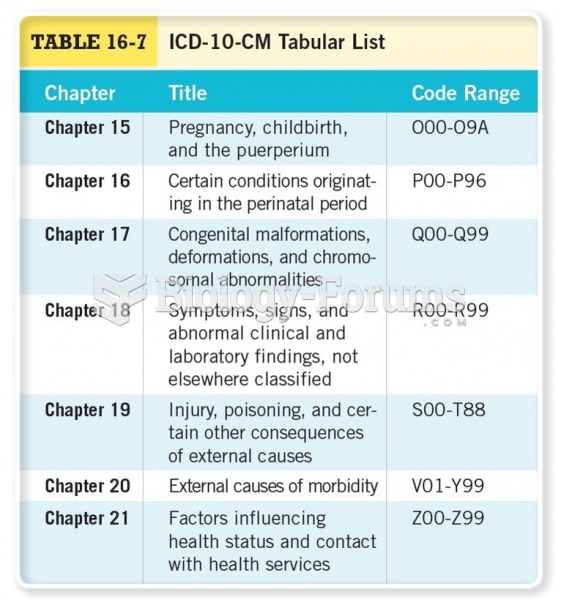Answer to Question 1
Police can use both direct information and hearsay in building probable cause. Direct information is firsthand information known to arresting officers by what they see, hear, feel, taste, or smell. Some examples of direct information would be flight, furtive movements, hiding, attempts to destroy evidence, resisting officers, giving evasive answers, giving contradictory explanations, fingerprints, hair samples, blood samples, and DNA information.
Hearsay is information that officers get second-hand from victims, witnesses, other police officers, or professional informants. To help in the probable cause determination, this hearsay must be reliable. Officers can use hearsay in order to build probable cause.
Answer to Question 2
Probable cause to arrest means that there are enough facts and circumstances to lead police officers, in light of their experience, to reasonably believe that the person arrested has committed, is committing, or is about to commit a crime. Reasonable suspicion only requires that officers, based upon the information that they have seen or that they learn from a relatively trustworthy source, reasonably suspect that a person may, has, or is about to commit a crime.
Probable cause to arrest lies on a continuum between reasonable suspicion on one end and proof beyond a reasonable doubt on the other. Reasonable suspicion is needed to justify a stop, the least intrusive activity, subject to the Fourth Amendment. Probable cause is needed to justify an arrest, which is more intrusive than a stop, as it lasts longer and usually requires a removal from the place stopped. The highest burden of proof is proof beyond a reasonable doubt. This is the proof needed to convict and imprison someone for a crime that can lead to a punishment from some part of a year to life.
The probable cause requirement balances the societal interest in crime control against the individual right of locomotionthe freedom to come and go as one pleases.







